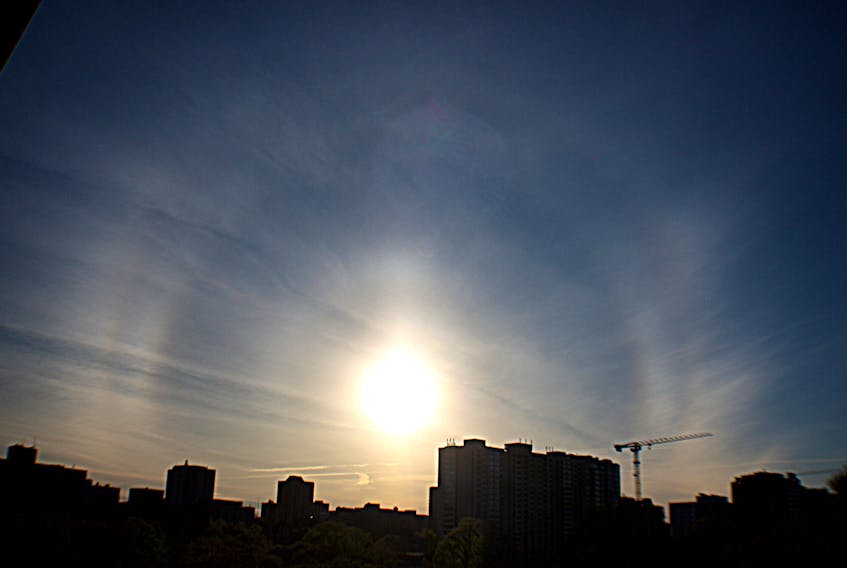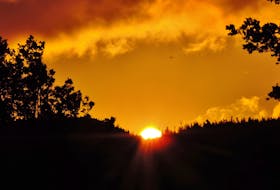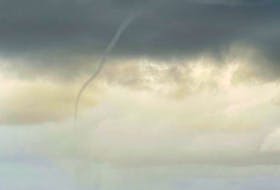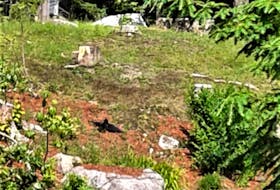Is it silly for me to refer to you as friends? I don’t think so. I feel that you’re always there for me: sending in great photos, interesting questions and awesome observations.
Over the years, I have had the pleasure of meeting many of you. About 10 years ago, I had the good fortune of interviewing Michael Boschat. Michael has been a long-time contributor of awesome celestial photos. He’s a member of the Royal Astronomical Society of Canada, here in Halifax.
Sunday evening, June 9, Michael was out on a roof somewhere – one of his favourite places to be – when he captured this amazing photo. It’s a solar halo, but, if you look closely, you’ll see that there is more than one halo. That’s quite rare!
A singular common halo, or ring around the sun, is a 22-degree halo. It forms when the sunlight is refracted through millions of randomly-oriented hexagonal ice crystals in the atmosphere. Scientifically, halos are called “22 Degree Halos” because the two refractions bend the light by 22 degrees from its original direction.
Sometimes, these ice crystals are not hexagonal but are shaped more like pyramids. Pyramidal crystals have unique end faces that look like tiny six-sided pyramids. In contrast to ordinary prism crystals where the angles between faces are either 60 or 90 degrees, the angles between pyramidal crystal faces can also be 28, 52.4, 56, 62, 63.8 and 80.2 degrees. Each inclination forms a separate circular halo.
The next time you see a lovely ring around the sun, look closely – there could be more there than meets the eye.
- Read more Weather University columns.
- Have a weather question, photo or drawing to share with Cindy Day? Email [email protected]
Cindy Day is the chief meteorologist for SaltWire Network.









